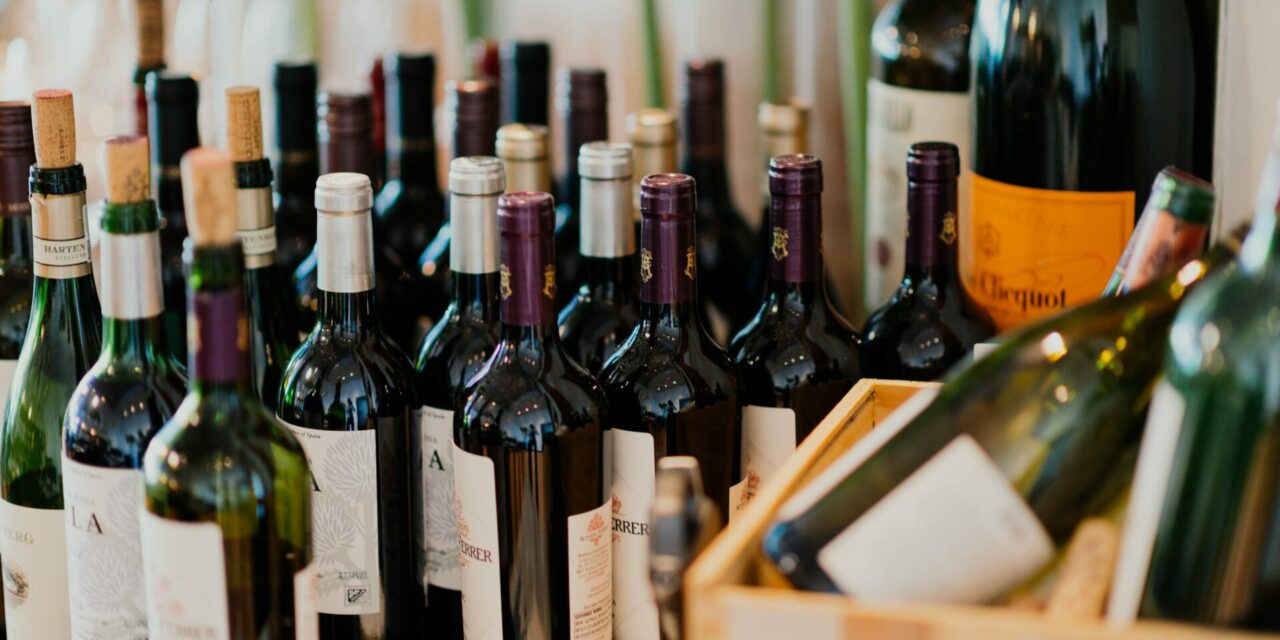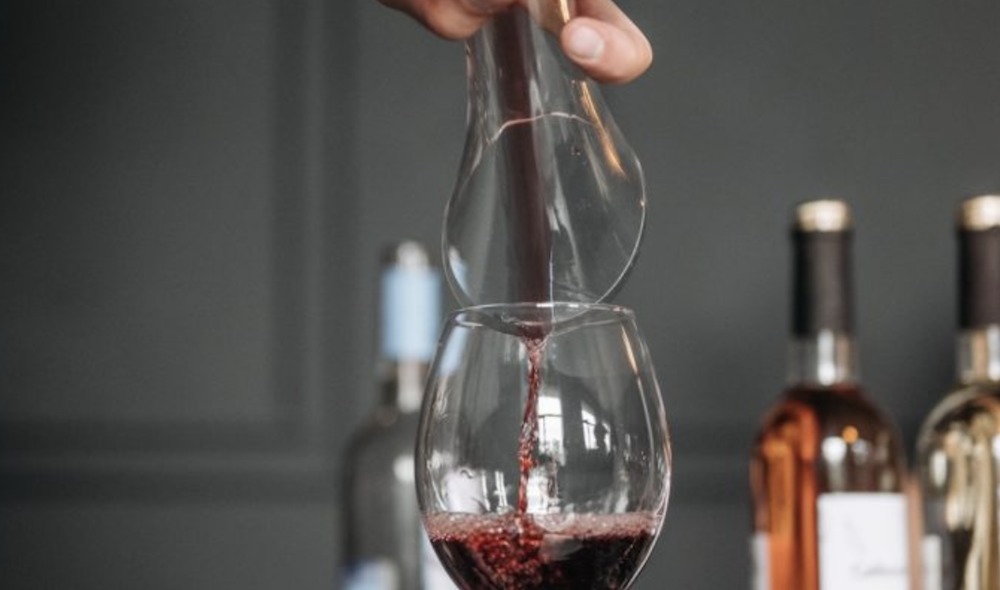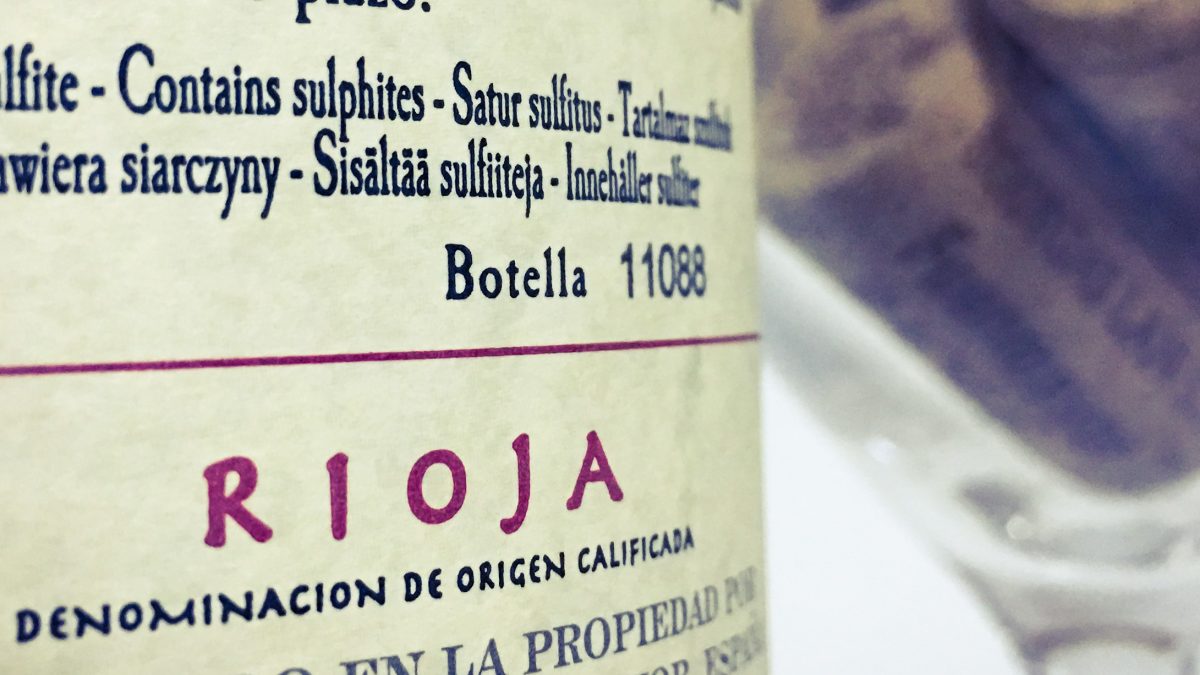Photo by CHUTTERSNAP on Unsplash
There are as many myths about wine aging as there are bottles of Pinot Grigios at the LCBO. A lot of people will tell you wine gets better with age, but is that true? For most wines available commercially, the answer is a hard no. The reality is that more than 90% of all wine produced in the world is meant to be consumed within a couple years of production and will not (ever) get better with age. Why then, you might ask, are some wines able to age and others are not? Is it possible to hack the ageing process with the use of aerators or other gadgets? Why bother aging a wine at all? These are all great questions that deserve some discussion.
Why can some wines age?
Wine is a living substance, with chemical changes occurring regularly from the time the grapes are picked to the time you have downed the last of your glass. Some wines have the right mix of characteristics that enable them to benefit from further time in the bottle, changing their aromatic profile and texture in yummy ways. Certain grape varieties have a reputation for longevity based on their particular characteristics, as do some regions (which can be thought of as a mix of climate/grape/quality/winemaking traditions that come together in the right combination). By contrast, some wine styles are prized for their youthful characteristics (think freshness, fruitiness) and because these characteristics fade with age, they do not change for the better.
What’s needed for a wine to age?
In order to successfully age a wine, you need:
1) A wine that is of sufficient quality and will develop for the better
2) Structural components present in the wine and choices at bottling that help to delay deterioration/spoilage
3) Storage conditions for the wine that are conducive to ageing
What I mean by ‘sufficient quality’ is that the wine needs to possess a baseline of qualities that make it suitable for ageing, namely adequate intensity/concentration/extract of flavour, the chemical precursors that lend themselves to tertiary development and the right balance of all its component parts that will allow the wine to still taste good down the road. As a side note, quality does not necessarily equal expensive. There are many wines reasonably priced wines out there that can be aged. You don’t have to fork out the dough for a first-growth Bordeaux unless you really want to.
Structural components that enable a wine to age include alcohol, acid, tannin (in the case of reds and some whites) and potentially residual sugar. All of these substances have the ability to either slow down the oxidation process and/or keep microbes at bay by creating an environment that is inhospitable to yeast and bacteria (i.e. high alcohol/ high acid/high sugar, etc.) Often wines with longevity have a couple of these things going for them, in addition to sulphur dioxide additions, that help protect the wine long enough for it to reach its full potential.
Choices at bottling that can make or break a wine’s potential for ageing include: choosing quality glass bottles, closures that will prevent the ingress of oxygen and the use of adequate sulphur dioxide additions to protect the wine and prevent it from premature browning and/or microbial spoilage. Although many people will claim air ingress through the cork is how wines age, this is another myth. Most changes that occur with age are anaerobic (without oxygen), and the ones that do happen in the presence of oxygen happen due to the interaction between the wine and the air in the ullage space.
Can wine ageing be hacked?
Um, no. Aerators and the like could potentially help the wine’s texture to soften (a positive attribute that can also be the result of age). However, you cannot mimic the tertiary development that occurs over time. This is the result of a gazillion [Are you sure on that number? – Ed.] chemical reactions that occur over a long time (possibly decades) and can’t be faked. There are no devices that can instantaneously simulate complex aroma molecules reminiscent of an aged bottle. The only thing that could speed up the ageing process is storing your wine at slightly higher temperatures, as lower temperatures slow down chemical reactions. Technically, anywhere from 10-15 degrees celsius is an acceptable range for wine storage, so if you were to go with the higher end of this, your wine would evolve faster than if it was cooler. Another interesting angle is half bottles age faster than 750mls. As you may have guessed, magnums age slower than 750mls. You could technically play with bottle formats if you wanted to have wines that aged quicker or slower.
Why bother ageing a wine at all?
What makes wine exciting for many people (or us nerds anyway) is that drinking a good wine is literally getting a snapshot of what that particular bottle, from a particular year and a particular place, is tasting like at one particular moment. The age of the bottle is one more variable that can change how a wine tastes. Old wines aren’t necessarily better, but they are different. The corny saying about how the journey is more important than the destination might have a place here, given a lot of the fun with ageing wines is seeing how the evolution happens rather than just the end result. Everyone has their own turn-ons. Ageing wine is just one option, and many people might prefer more youthful wines rather than their matured counterparts.
If you have read this far and are hungry for more nerd-talk on wine ageing, stay tuned for a follow-up article addressing myths surrounding the ageing of white wines.






